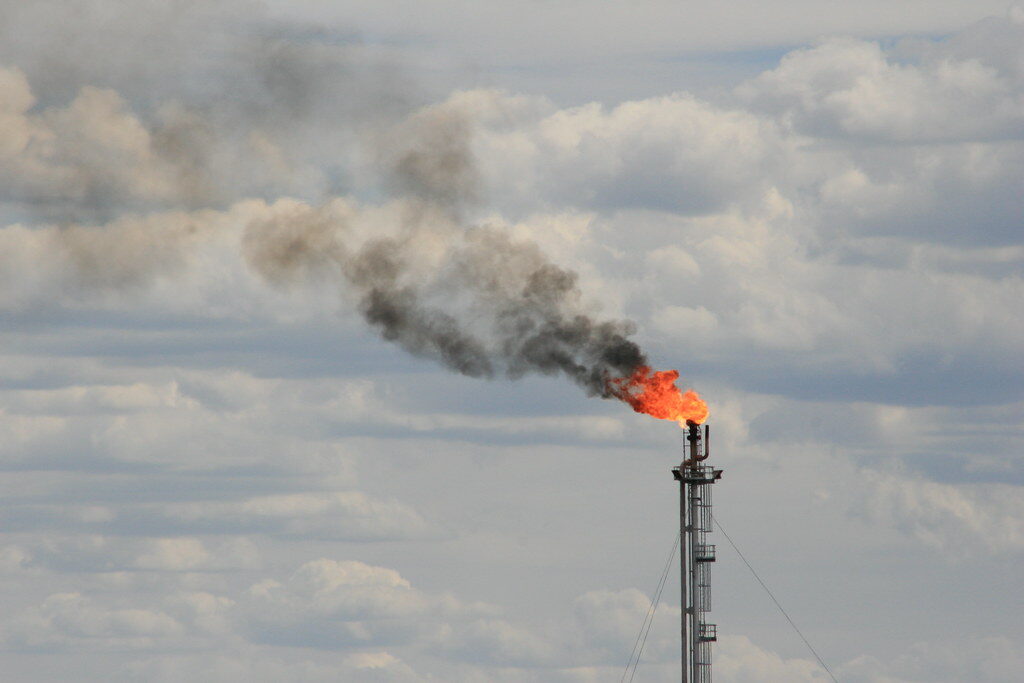This article is republished from The Conversation under a Creative Commons license.
Read the original article. Written by Senior Researcher Wesley Morgan
A new pact between Australia and the United States highlights the pivotal role our nation’s mineral wealth will play in the clean energy transition. But it also underscores the massive effort now required from Australia.
Prime Minister Anthony Albanese and US President Joe Biden inked the landmark deal in Japan over the weekend. It cements cooperation between the two nations on climate action, including sharing resources and coordinating on clean energy policy and investment.
Australia and the US have been allies since the end of the Second World War. The new agreement adds climate action as a “third pillar” of the alliance between the two nations, along with defence and economic cooperation.
The enhanced partnership could accelerate Australia’s transition from major fossil fuel exporter to clean energy powerhouse. But success is far from assured. Australia must act fast to seize the opportunity now before us.

Allies in a warming world
The Australia-US alliance was not established with a warming planet in mind. However, the climate crisis is now recognised as a national security threat in both Australia and the US.
In both countries, defence agencies have been increasingly involved in disaster relief operations following unprecedented extreme weather events supercharged by climate change. They include the Black Summer bushfires in Australia and Hurricane Ian in the US.
Climate change continues to worsen – and Australia and the US must share some blame. The emissions targets and broader climate policies of both nations are not consistent with achieving the Paris Agreement goal of limiting warming to 1.5℃.
Both Australia and the US need to accelerate the shift from fossil fuels to clean energy technologies. This includes ending coal-fired power, moving beyond gas and investing in renewables infrastructure. It also requires re-thinking personal transport and decarbonising heavy industries such as steel and cement.
The new climate pact between the two countries recognises the urgent task at hand. It could enable Australia and the US to develop a shared response that matches the scale of the climate crisis.
The deal aims to drive ambitious action on climate change and clean energy this decade, both domestically and across the world. Australia and the US will now formally work together to expand and diversify clean energy, and develop the supply of critical minerals used in low-emissions technologies.
Biden was effusive when announcing the deal. Taking hold of Albanese’s arm, he said the agreement was testament to the close relationship between the two countries. “And I mean that: close”, he said.
Importantly, Biden will ask the US Congress to designate Australia as a “domestic supplier”, essentially linking the industrial bases of both nations. This would means Australian companies may be eligible for billions of dollars worth of subsidies available under the US Inflation Reduction Act – the biggest climate spend in US history.

The race for tomorrow’s economy
The Inflation Reduction Act allocates $US369 billion (A$555 billion) in subsidies to drive investment in renewable energy infrastructure and clean energy technologies. The investment is equal to about a quarter of the Australian economy.
Already the act has stimulated more than $A220 billion in private investment in clean energy projects in the US, driving a boom in new solar, battery, and electric vehicle manufacturing facilities. Ultimately, the policy is expected to:
- spur more than 1,000 new clean tech companies
- catalyse more than A$3 trillion in investment
- create nine million new jobs by 2030.
When the world’s largest economy makes such a move, it changes the game for everyone. Already, other major economies – including the European Union, Japan and South Korea – have responded with industry policy and stimulus packages to support their own clean energy industries.
Effectively, the US has turbo-charged the global clean energy transition.

Australia’s moment
The pact signed between Albanese and Biden at the weekend was scant on detail. However, given the billions the US is throwing at clean energy, Australia can expect to benefit from the pledge to formalise co-operation on policy and investment.
The Inflation Reduction Act is a major opportunity to expand Australia’s critical mineral exports. Consider lithium, a key component in batteries. Australia is already the world’s biggest lithium supplier. US battery manufacturers wanting to access subsidies must use minerals sourced domestically, or from countries with which the US has an existing free trade agreement, such as Australia.
So the US policy will stimulate demand for Australian lithium. As early as 2028, the value of Australia’s lithium exports is set to overtake our thermal coal exports – a sign of the times.
However the Inflation Reduction Act also presents a challenge for Australia. Its sheer scale threatens to draw investment and talent away from Australia’s own emerging clean energy industries to the US instead in areas such as green hydrogen and steel.
The federal government is taking steps to address this. The May budget, for instance, contained A$2 billion to support the development of a renewable hydrogen industry in Australia. Climate Change and Energy Minister Chris Bowen described it as a “down payment” on a more fulsome response to Biden’s Inflation Reduction Act.
This response must match the scale of this once-in-a-century opportunity to become a clean energy powerhouse. It should include targeted support to develop new green export industries and help Australia move past a “dig and ship” approach to our resources. By processing minerals here, using Australia’s competitive advantage in renewable energy, we can create more benefits at home.
Clean energy commodities and critical minerals could drive investment and jobs at a scale comparable to the recent mining boom. But the race is on, and we need to act fast. If we don’t, other nations – including our US allies – will eat our lunch.










